Welcome to follow 【Cheyun Network】
Currently, the presence of electric vehicles around us is becoming stronger. Although we are still not satisfied with their charging speed, range (especially in low-temperature environments), and other experience shortcomings, we actually recognize their rational use in specific scenarios as a more advanced concept with immeasurable prospects.
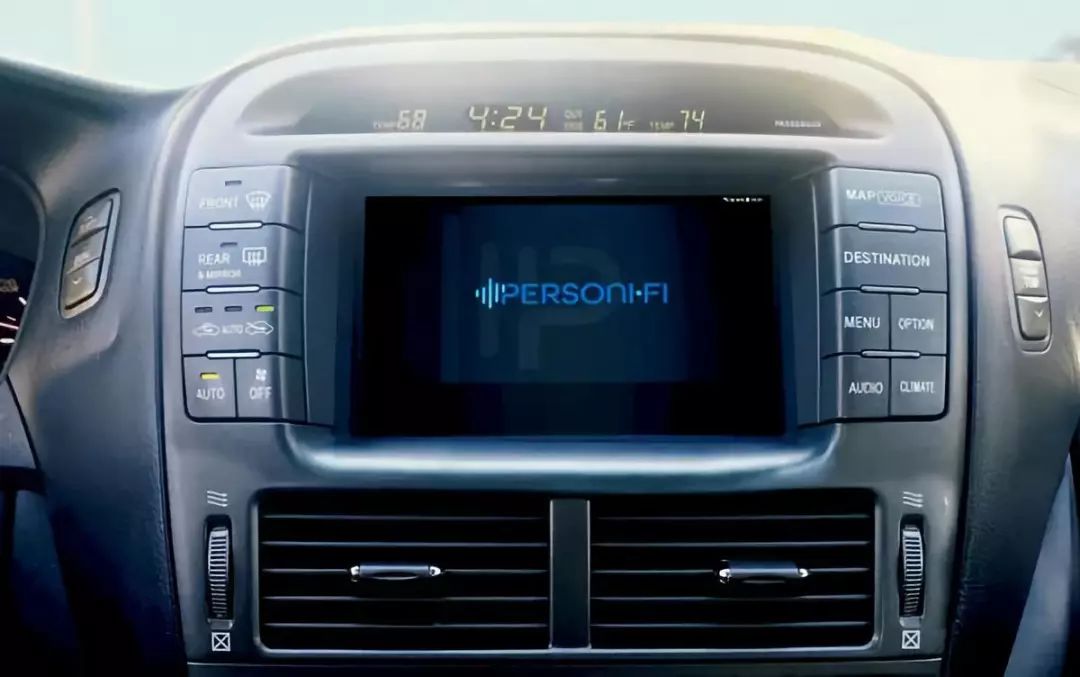
So, how can the “in-vehicle infotainment system” that has accompanied us since the era of fuel vehicles “take root and flourish” in electric vehicles?
First, we must recognize the essential differences between traditional fuel vehicles and electric vehicles, which bring about differences in the usage environment of the infotainment system. For traditional fuel vehicles, most electrical systems require energy from a moderately sized battery.
This battery has a very small capacity; for most in-vehicle batteries, the capacity generally ranges from 0.85kWh to 1.35kWh. In fact, only luxury vehicles equipped with high-power audio systems, which are “energy hogs”, have the opportunity to use batteries with capacities exceeding 1kWh—this is designed to avoid frequent generator startups that shorten lifespan.
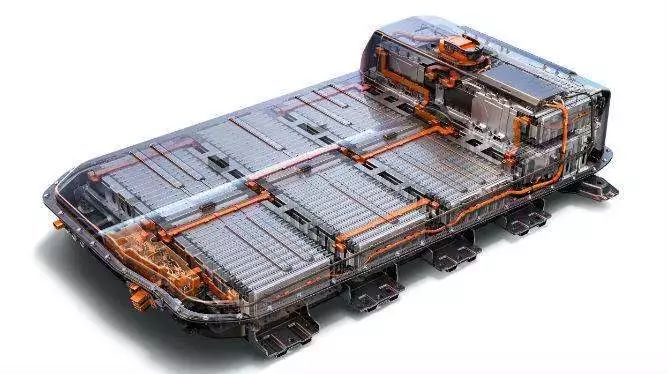
In contrast, electric vehicles use batteries as their energy source, which means they start with a reserve of 50kWh (taking the Model 3 Standard Edition as an example), providing more abundant power conditions for the electrical system. This also means that the “in-vehicle infotainment system” can achieve more functions: such as vehicle connectivity, the addition of more screens, stronger real-time computing, and the integration of more sensor information.
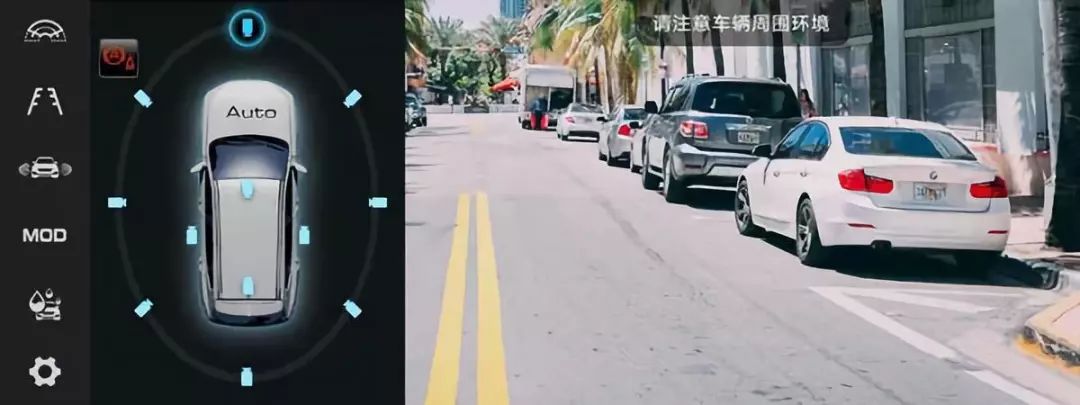
However, considering that current batteries have not yet reached ideal energy density, especially with recent frequent cases of electric vehicle fires, the industry may adopt a more cautious attitude toward simply increasing battery energy density. Therefore, how much power should be allocated to electrical devices and how much should be reserved for range will be a key consideration for engineers, which leads to another question:
How to improve the energy consumption level of the “in-vehicle infotainment system”?
At the Shanghai Auto Show, which concluded on the 25th, Cheyun communicated with product engineers at the Harman booth and Mr. Mauser, president of the Fashion and Automotive Audio Division, and received the following strategies and suggestions:
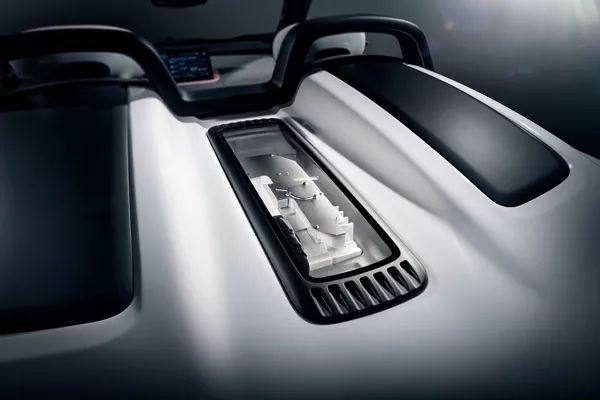
▲ An image of a conceptual vehicle brain
The most effective way to reduce energy consumption is to integrate cabin functions into a unified system, processing many previous functions into a “multi-in-one” approach. To achieve this, you need a very powerful SoC to provide strong computing power, allowing you to integrate familiar infotainment systems, navigation systems, human-machine interfaces, vehicle networking systems, and real-time weather information services required in certain markets, sorting through large amounts of information and centralizing computations to improve overall efficiency.
The benefits of this approach not only improve energy consumption but also, based on a highly integrated structure, reduce costs, minimize system hardware footprint and weight, and enhance performance, allowing users to switch between different content interfaces much more smoothly than before.
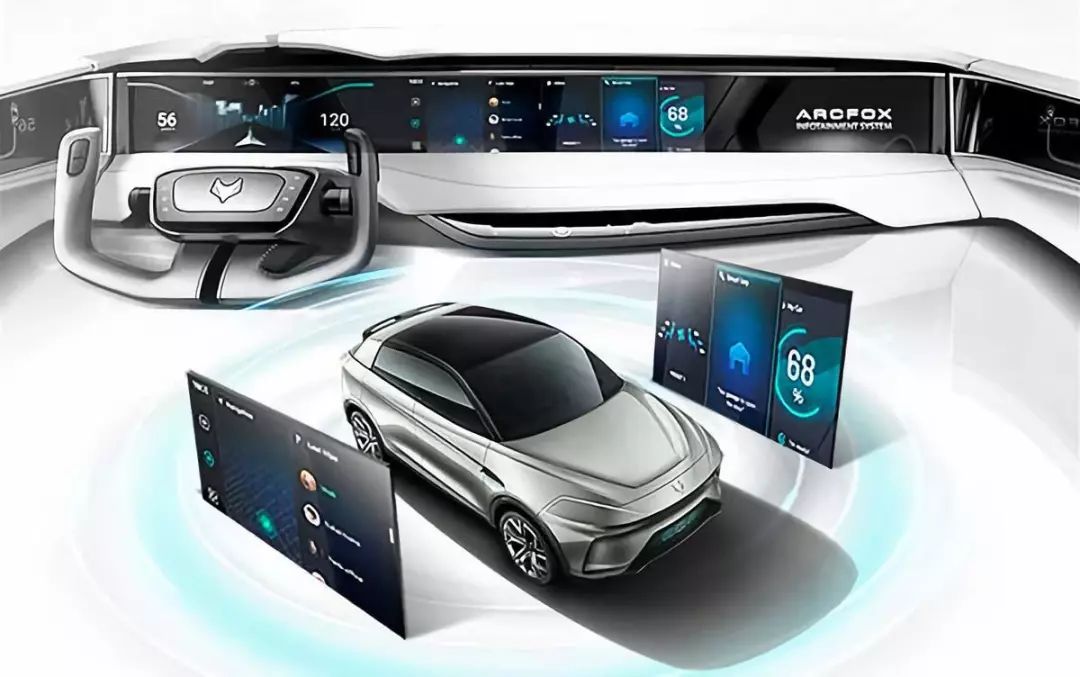
Secondly, considering that electric vehicles are still “energy-sensitive” products, they also require an intelligent energy management system.
This management system not only needs to monitor the remaining energy of the vehicle, similar to the “mileage spider” function in the BMW i3, which can inform you how far the vehicle can still go, including remaining battery and charging station information.
Most importantly, it must have the ability to intelligently adjust power distribution among different systems, for example, managing energy consumption of peripheral functions and facilities according to their importance when necessary, and reasonably distributing power while shutting down non-essential functions when required. This is similar to how a phone becomes less functional when its battery is low—many unimportant power-consuming features are turned off in the background.
Furthermore, a significant difference between driving an electric vehicle and a fuel vehicle is that there is almost no noise, making sound management around electric vehicles a very important issue. This sound management includes both interior and exterior sound management.
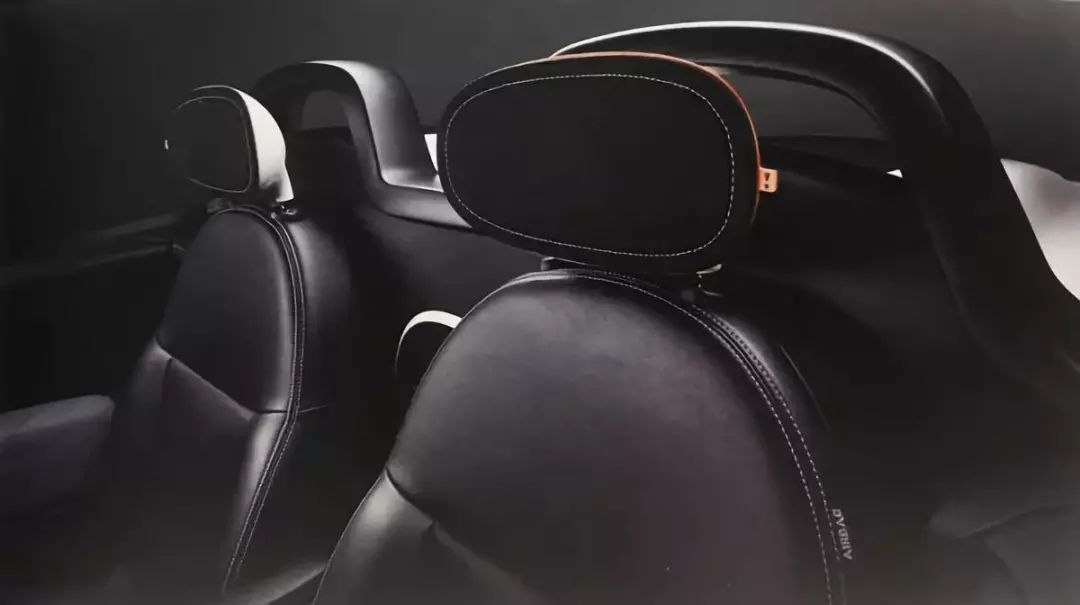
Interior sound management is something everyone is familiar with. Taking Harman as an example, it owns many audio brands including Revel, AKG, Harman/kardon, Infinity, JBL, Lexicon, and Mark Levinson, which provide sound for infotainment systems and are functions we cannot do without in the vehicle.
At the same time, interior sound management also needs to include road noise cancellation systems and sound synthesis components. For example, many of us enjoy driving fast, and when we drive electric or hybrid vehicles, our perception of speed is not solely through visual information; we also need to hear.
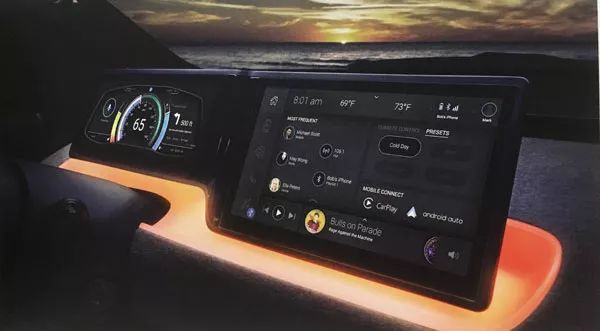
Thus, for electric vehicles, since they lack the engine noise found in most fuel vehicles (which some people consider an essential part of the road symphony), we must synthesize sounds in the electric vehicle to let you perceive how fast you are going, whether you are accelerating or decelerating, and simulate auditory characteristics brought by throttle changes when necessary, all based on safety considerations. Of course, this can also add some driving enjoyment; meanwhile, the road noise cancellation system can significantly improve passenger comfort and safety in electric vehicles.
In terms of exterior sound management, it involves the issue of personalized sound settings, such as how consumers wish to express their personality through the sounds emitted by their electric vehicles, which becomes a topic worth exploring.
In fact, a product once popular in the market allowed drivers to change the tone and sound of their vehicle’s horn (for example, changing the regular “beep beep” to “woof woof woof”) through an independent external device, improving the cold image of the car and reflecting their personality, which is a good example.

▲ A horn installed in the bumper, a unique design for electric vehicles
As electric vehicles become more widespread, the sounds transmitted by cars are becoming quieter. Therefore, how to make your electric vehicle a part of your personality, allowing it to drive on the road while reducing noise and becoming a “label” that reflects your personal mark, becomes a very promising endeavor.
Of course, in this area of business extension, it is essential to pay attention to the restrictions of different countries and markets regarding relevant policies.
Finally, as the era of automotive electrification arrives, it means that the “in-vehicle infotainment system”, which was once hidden in the background, needs to come to the forefront and establish direct contact with consumers. This also means that the “in-vehicle infotainment system” required by electric vehicles must possess more features that consumers need, while also having the ability to integrate and interconnect different products across multiple platforms.
From the perspective of consumer functions, taking Harman’s products as an example (sorry, this topic was actually inspired by my visit to Harman’s booth, so I used some of their materials), comprehensive localization and establishing partnerships with local service providers is crucial.
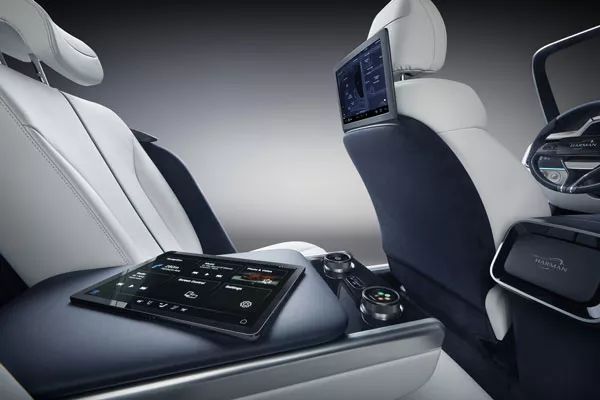
To this end, Harman has established partnerships with Baidu, Alibaba, and Tencent. The system developed by Harman for BAIC New Energy actually integrates cooperation with local service providers.
Moreover, according to Cheyun’s understanding of the industry, to maintain smooth cooperation with BAT, roles similar to Harman must possess a “cloud database” to provide independent third-party data and information services; at the same time, the currently popular natural language analysis systems are also essential components of localization.
Furthermore, integrating and interconnecting different products across multiple platforms is also a capability that infotainment system suppliers like Harman need to possess in the face of future potential competition.
Therefore, in addition to the business strategies previously used in fuel vehicles, in light of the future development trends of electric vehicles, traditional in-vehicle system suppliers must provide end-to-end solutions for different levels of users, incorporating 5G vehicle networking technology, interconnected smart home devices, and online and offline services surrounding products.
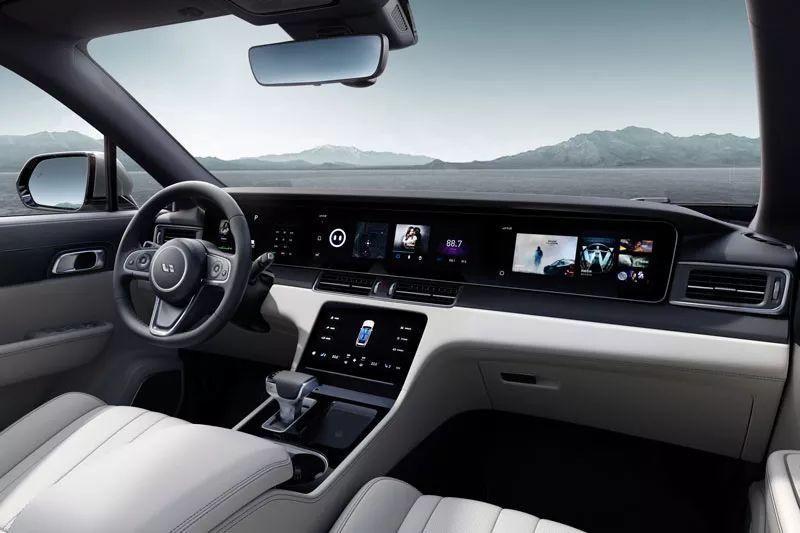
▲ Harman’s in-vehicle infotainment system solution for Li Auto
Meanwhile, considering that Harman has established partnerships with companies as diverse as BMW, Great Wall, BAIC New Energy, and Li Auto at this Shanghai Auto Show, how to shift services forward to create a “RTR (Ready to Run)” modular product structure—allowing data and services to achieve greater economies of scale at the OEM level and expand the aftermarket for electric vehicles will be a challenge faced by infotainment system suppliers.
In fact, to adapt to this change, an important adjustment being made by Harman behind the scenes is the establishment of a fifth department, which carries significant meaning:
Previously, the four departments under Harman Group—Life Style, Connect Car, Connect Service, and Professional—each had their own product design divisions.
However, now, the design divisions of these four departments have all been separated out to form a new Huemen department—the fifth department—focused on providing design requirements for the traditional four departments, aiming for the integration and unification of all products and functions, which reflects a forward-thinking adjustment worth contemplating.
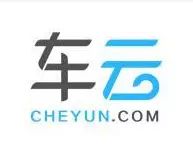
Cheyun Summary:
At this Shanghai Auto Show, the person in charge of Harman also admitted that there are more and more new competitors emerging in the domestic market, with many companies aiming to expand their new business areas in traditional in-vehicle systems as the era of electric vehicles approaches. This means that traditional “in-vehicle infotainment system” suppliers are facing increasing competition.
However, in Cheyun’s view, no matter how advanced the concept of the “in-vehicle infotainment system” is, it still cannot escape the realm of product competition and service competition. Therefore, regardless of how the automotive industry transitions from fuel to electrification, an increasingly digital, interconnected, intelligent, service-oriented, integrated, and platform-based in-vehicle system will be a capability that system suppliers must possess in advance before the true transformation of automotive electrification and consumer demand arrives.
 Cheyun Recommendation
Cheyun Recommendation




